 Keto Rash: Causes and Natural Treatments
Keto Rash: Causes and Natural Treatments
Keto Rash, also known as prurigo pigmentosa, is a fairly rare yet concerning side effect of the ketogenic diet. Those who experience this condition quickly become concerned that they are harming their bodies in some way by changing their diet. While there is not an abundance of research on this particular condition, keto rash is unlikely to be dangerous in any way.
In this article I will discuss the symptoms and potential causes of keto rash. I will also detail some of the most helpful strategies for overcoming this condition so that it is no longer an annoyance. Finally, I will cover some of the best anti-inflammatory foods that may help to clear up the skin in the case that you do have a persistent keto rash.
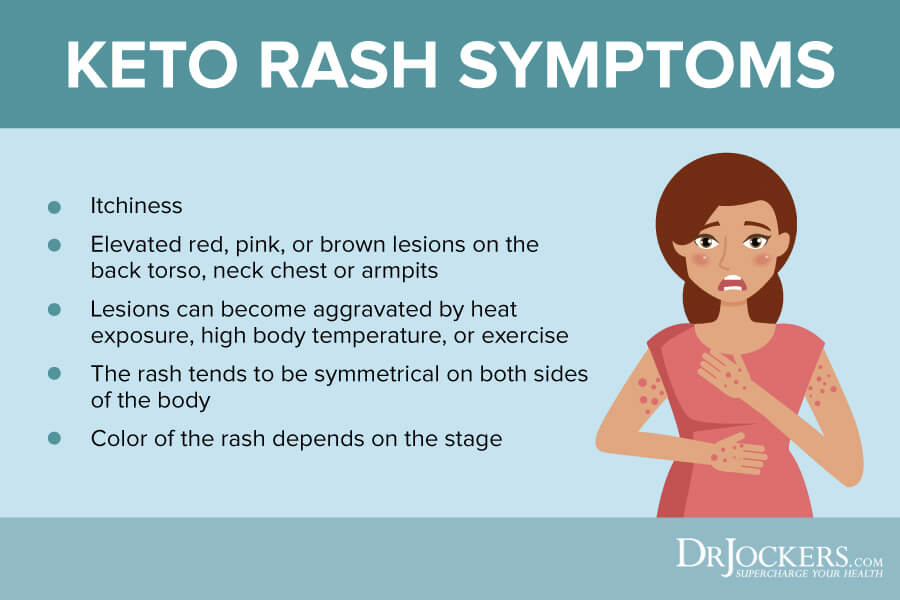
Keto Rash Symptoms and Appearance
Keto rash is somewhat rare. When it occurs it typically shows up as blotches of raised pink to red lesions. They typically occur in symmetrical patterns in areas like the armpits, abdomen, shoulders, chest, and back. These lesions will tend to be itchy and become aggravated by heat, exercise and sweat.
In most cases, keto rash is temporary and resolves within a few weeks. For some individuals, however, keto rash can hang around for months. A small percentage of people even seem to get this rash any time they enter ketosis.
Luckily, following the strategies in this article can help to alleviate the severity of keto rash.
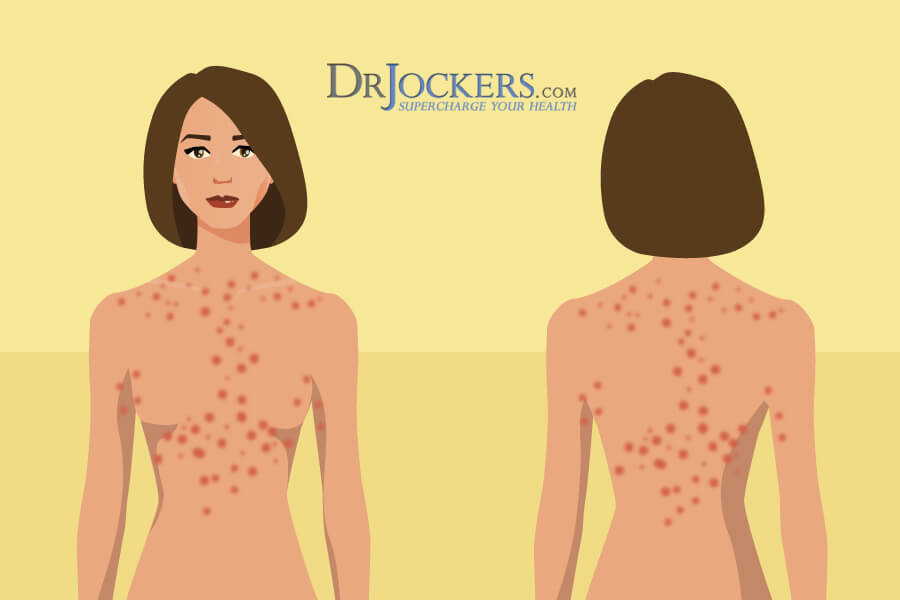
Causes of Keto Rash
While there isn’t a lot of research as to why exactly keto rash occurs, there are some likely contributors. Keto rash is actually called prurigo pigmentosa. Prurigo pigmentosa is an inflammatory skin condition that was characterized before its association to the ketogenic diet (1). Once it was observed that many of the cases occurred in people that were in ketosis, it gained its associative name, keto rash.
Based on what we know about what goes on in the body during ketosis, there are a number of theories that may explain why keto rash occurs. Luckily, it is not an immediate threat to your health and you have the freedom to test these theories to see if they benefit you.

Dysbiosis
Dysbiosis is a term that describes an imbalance of gut bacteria. When unwanted bacteria grow out of control and overpopulate those which are known to be healthy, this can cause the production of toxins and inflammation.
The standard American diet seems to feed the unwanted bacteria. Dysbiosis has been correlated with skin problems like acne, rosacea, eczema, and more (2, 3). The ketogenic diet seems to shift the microbiome away from these unwanted bacteria which may cause a temporary aggravation of gut bacteria.

Candida
The standard American diet also tends to promote the development of a yeast called candida. Candida is a normally occurring yeast that is present in most humans. It is fine in normally occurring amounts, however when it overgrows then it can cause similar problems as dysbiosis mentioned above.
Candida thrives on sugar. When someone converts to a ketogenic style of eating, it essentially starves the yeast. If you are someone who has a large amount of candida growth, then it is possible that you could suffer from a candida die-off. These toxins and sudden increase in inflammation may be enough to cause an outward reaction on the skin, such as a rash.
This concept may also apply to elevated levels of unwanted bacteria (as mentioned above), viruses, parasites, or other species of yeast that colonize the digestive tract. I will cover ways to address this later in the article.

Toxic Bile
Bile is made in the liver and stored in the gallbladder. It serves two primary functions: digesting fats to be absorbed in the small intestine and releasing toxins that have been processed by the liver. Many people develop sluggish bile flow due to a number of different factors.
When bile flow gets backed up, toxins become concentrated. If you adopt a high-fat diet all of a sudden, then this could stimulate a rapid release of congested bile that dumps toxins into the digestive tract. This rapid release of toxins may be a cause of the inflammatory skin rash.
Luckily, there are a number of strategies that can be used to get bile moving how it should while binding up and eliminating these toxins.

Poor Bile Flow
Bile is needed to digest fat properly. Interestingly enough, one of the common signs of poor bile flow is itchy skin. It could be that a sudden increase in dietary fat is simply too stressful for your liver and gallbladder.
When the gallbladder becomes congested, this can cause an elevation in a compound called autotaxin (ATX) and lysophosphatidic (LPA) which can both cause itching of the skin (4).
Poor Bile flow can also cause elevation in something called substance P which can pass into the bloodstream and cause rashes and eczema like symptoms. Elevated substance P also has a negative impact on gut bacteria which can have an impact on the skin as well. Improving bile flow is imperative to lowering the likelihood that you encounter keto rash.

Acetone in Sweat
Another possible cause of keto rash is that your skin may be having a negative reaction to acetone. Acetone is one of three ketones your body begins to make when you get into ketosis. Acetone is produced in much higher amounts during the beginning adaptation phases of ketosis and does not provide an effective source of energy.
It is also responsible for the infamous keto breath many people complain of. Acetone is also excreted through the sweat, so in some cases it may cause a rash. This makes sense given that keto rash often shows up in areas where sweat tends to accumulate.
Luckily, acetone levels should diminish the more keto adapted you become. With time, both keto breath and keto rash can resolve themselves.

Releasing of Stored Toxins
Similar to how toxins can become stored in the bile, the body will also store toxins in fat tissue (5). Things like pesticides, heavy metals, and other toxins can accumulate in fat tissues. When you adopt a ketogenic diet, you may tend to burn through these fat deposits quite rapidly. Oftentimes, these toxins end up here because the liver was not able to process them effectively to begin with.
If you all of a sudden dump these toxins into the bloodstream, they will need a route to exit. If the liver is not functioning well, then these toxins will either be redistributed around the body or they can be eliminated through sweat.
This is another potential explanation why keto rash tends to occur around areas that accumulate the most sweat.

Natural Treatments for Keto Rash
Now that we have covered potential mechanisms for why keto rash may be occurring. We can look at ways that this reaction can potentially be mitigated. From what we know so far, the potential reasons behind keto rash include: changes in the microbiome, gallbladder issues, increased acetone levels, and the release of toxins through the sweat.
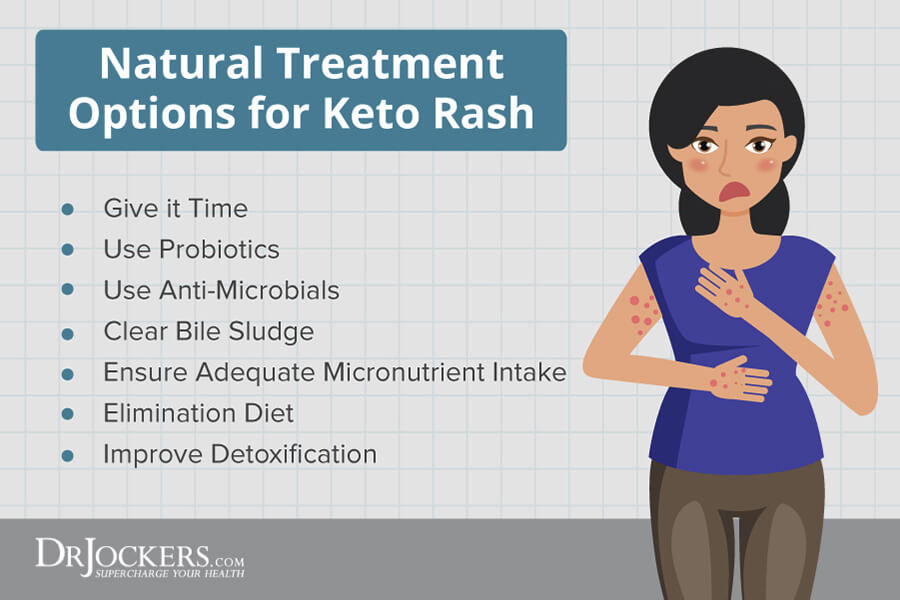
Time
Oftentimes, keto rash will resolve on its own within a few weeks. In some cases, it can take longer. This would make sense depending on the current state of your body.
When you are adapting to a ketogenic lifestyle, many different changes are going on in the body. Your gut bacteria is changing, your digestion is working the gallbladder more, elevated levels of ketones are suddenly present, and toxins are potentially rapidly excreted from the body.
Luckily, these things should be temporary and resolve fairly rapidly. Following the strategies below may help to accelerate the process.

Probiotics
Since the microbiome will shift so drastically during the keto adaptation process, some people have had success using probiotics to assist in the transition. Traditionally, any old probiotic would be recommended with mixed results. What we know now though is that certain strains of bacteria seem to thrive on keto foods.
Using this knowledge, an effective probiotic designed specifically for those on a ketogenic diet has been formulated. My favorite probiotic is the SBO Probiotic Ultimate. Not only is it a high-potency probiotic, but it also contains a warming botanical blend including turmeric, ginger and black pepper.
Another great thing about this probiotic blend specifically is that it contains saccharomyces boulardii. Saccharomyces boulardii is a yeast that is beneficial to the gut and helps to combat any overgrowth of candida. Using a probiotic can help control any harsh shifts in the microbiome and potentially mitigate keto rash.
Anti-Microbials
One of the traditional approaches towards treating keto rash is through the use of antibiotics (6). Many people have found fairly quick relief from keto rash through this method. Using this approach, it may be helpful to use gentle natural antimicrobials instead.
Additionally, using gentle anti-microbials will assist with the shift that occurs in the microbiome during the keto adaptation process. Combining these with the keto-specific probiotics should go a long way in improving keto rash symptoms.
Our best all around anti-microbial is GI Clear which contains 7 of the most well studied anti-microbial herbs such as berberine, black walnut, sweet wormwood, barberry, tribulus and bearberry.
Clear Bile Sludge
As I explained earlier in this article, sometimes toxins can be accumulated in the bile. When you begin a ketogenic nutrition plan, these toxins can be released from the gallbladder at a high rate, leading to toxicity and keto rash. Using a targeted protocol to improve bile flow and bind up these toxins may be helpful.
Additionally, this same protocol is great for improving digestion and fat metabolism in general. I would recommend following this protocol for most people beginning a ketogenic diet for the first time.
This protocol is designed to be followed for 30 days:
Activated Charcoal: Take 1-2 Capsules, 1 hour before meals to help bind to the toxic biliary sludge. Do 1 cap if you are under 125 lbs. or have lots of trouble with constipation.
Bile Flow Support: Take 2 Capsules, Twice daily after meals to help improve bile flow from liver and gallbladder
Cal Mag Support or Brain Calm Magnesium: Take 1 scoop – 1-2 hours after meals to help improve peristaltic action and bowel elimination. This is especially important if you have issues with constipation.
Proper hydration is absolutely necessary for this protocol to work effectively. At a minimum you want to consume half of your bodyweight in ounces of water daily, ideally up to your full body weight.
Ensure Adequate Micronutrient Intake
Some people have noticed an improvement in their keto rash symptoms by making sure their nutrient intake is covered. Consuming a balanced mix of vegetables, herbs, spices, and clean meats will cover a wide range of micronutrient needs.
Incorporating a comprehensive multi-vitamin supplement and a greens powder into your routine may help to ensure all of your micronutrient needs are met. My top picks to fulfil these needs are High Energy Support and Organic Supergreens.


Elimination Diet
If you attempt the strategies above and do not see any improvement in your keto rash symptoms, you may want to check for food sensitivities.
If you are constantly consuming foods that you are having inflammatory reactions towards, then resolving health issues will be a challenge.
You can do this either by following an elimination diet, or by testing for your food sensitivities directly. You read about both of these approaches in the following articles:
5 Steps to Following an Elimination Diet
What is the Best Food Sensitivity Testing Method?
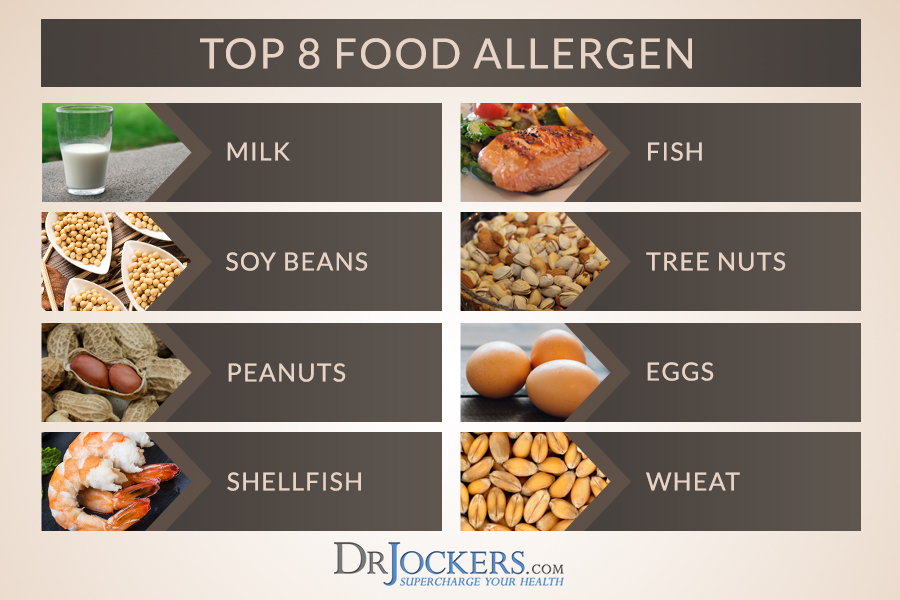
Improve Detoxification
As you may have noticed, some of the potential causes of keto rash involve the buildup of toxins. By supporting the body’s detoxification systems, we may be able to mitigate any negative detoxification effects.
Toxins that are released in the bile, from stored fat deposits, and from die off of yeast or bacteria in the gut, must be eliminated through these detoxification systems. If these toxins are released but are not fully eliminated, they can hang around and cause lingering problems.
In this case, you want to upregulate liver function, boost glutathione levels, promote regularity in the bowel and urinary tract, and use charcoal to prevent the reabsorption of toxins in the digestive tract.
The following would be my recommended protocol:
ThyroLiver Protect: This contains compounds to upregulate liver detoxification and boost glutathione production.
Organic SuperGreens: This is loaded with antioxidants and chlorophyll which acts as a detoxifier of the blood, helping to eliminate toxins from circulation.
Activated Charcoal: Activated charcoal binds to toxins that have been spilled from the gallbladder and into the digestive tract for elimination. Without binding these toxins, they have the opportunity to reabsorb as bile is recycled back to the liver and gallbladder.
Super Hydration: Before your first meal of the day, drink 16-32 oz of water with lemon to stimulate the bowels and urinary tract. This helps to flush out and get our detoxification systems primed for the day.
Prebiotic Fiber: To keep the bowels moving and assist with the elimination of toxins, it is important to consume plenty of prebiotic fiber. This article and graphic below explain the importance of quality fiber on a ketogenic diet and the best sources of it.

Top Anti-Inflammatory Foods for Keto Rash
If you are suffering from keto rash, obviously you will want to take a look at the foods you are eating and make sure they are full of nutrition. Just to be frank, salami wrapped mozzarella is not going to cut it if you are going for maximum benefits on a ketogenic diet.
Oftentimes, I find that people who are not achieving full success on keto are eating lots of cheese, processed meats, and non-nutritious foods. The following are some of my top pics for supporting an anti-inflammatory environment and potentially lowering the instance of keto rash.

Leafy Greens
Leafy green vegetables are powerhouses of nutrition. They tend to be loaded with Vitamins A, C, E, K, and B-Vitamins. They are also great sources of magnesium and potassium, often low on a ketogenic diet.
Finally, they provide modest amounts of chlorophyll. As was discussed earlier, chlorophyll acts as a gentle detoxifier of the blood which may help with keto rash symptoms.
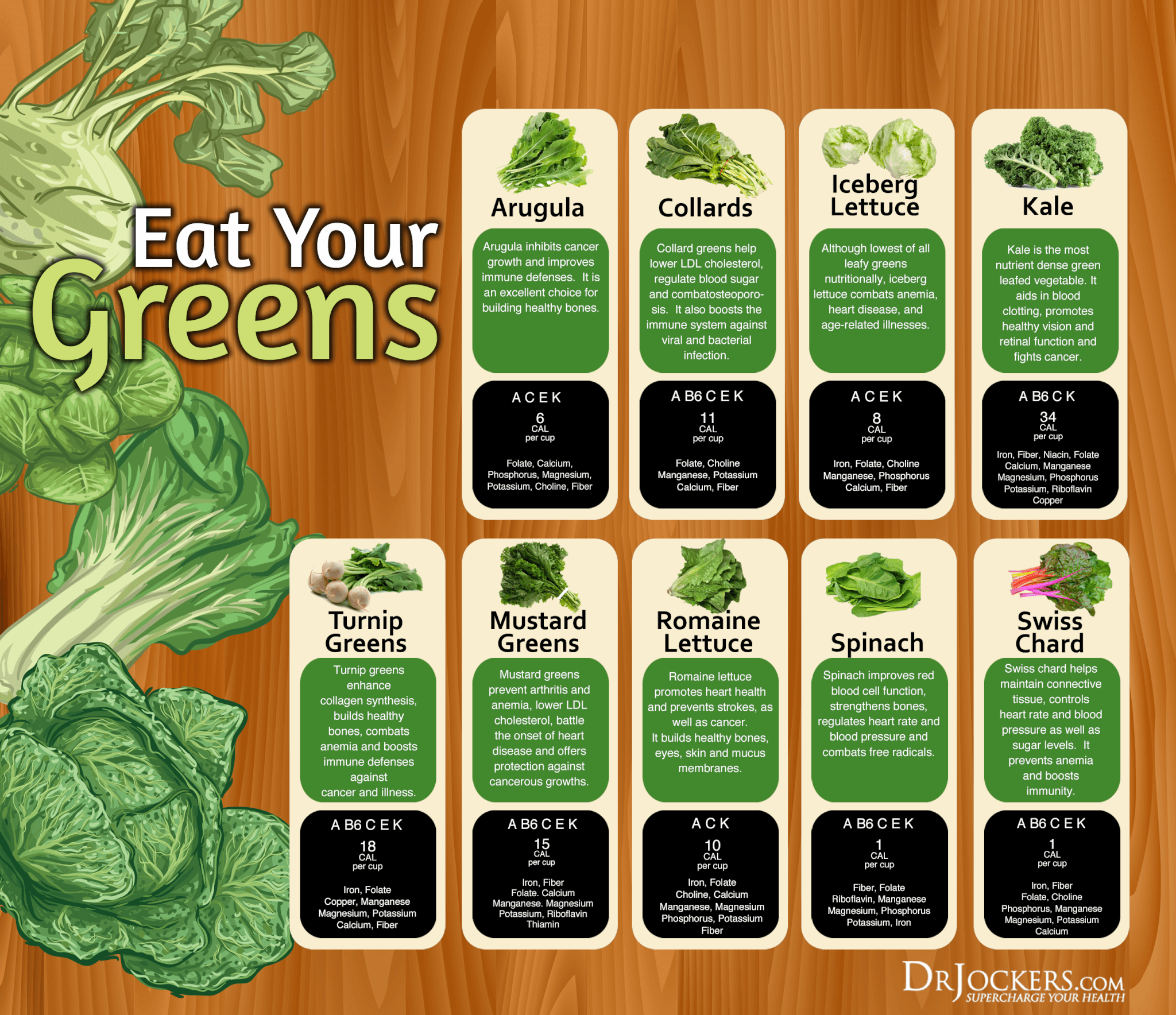
Chlorella and Spirulina
Spirulina and Chlorella are nutrition powerhouses and powerful detoxifiers.
Chlorella is the highest known source of chlorophyll which makes it excellent for supporting detoxification of the blood. It is also known to support liver function, promote a positive microbial balance in the gut, and strengthen the immune system.
Spirulina is very similar to chlorella in that it is highly concentrated with chlorophyll, vitamins, minerals, and other trace elements that most people simply do not consume on a regular basis. Interestingly enough, spirulina boosts superoxide dismutase which is a powerful antioxidant that protects structures like the skin from damage (7, 8). Along with its modest dose of carotenoids, spirulina is a great daily food for skin health.
You can seek out both of these supplements individually. Personally, I like simple and easy. If you can package a ton of goodness into one bottle, I’m all for it. That’s why I personally use Organic SuperGreens. It contains both chlorella and spirulina along with so much other good stuff, I try to have at least one serving a day.
Turmeric
Chances are you’ve heard of turmeric. It seems to help with just about every ailment under the sun. This probably has a lot to do with its powerful anti-inflammatory activity within the body.
Using turmeric on a regular basis can help to create an anti-inflammatory balance within the body and potentially mitigate keto rash. A 2013 study observed that curcumin, one of turmeric’s components, may have therapeutic application for skin disorders like psoriasis and eczema (9).
Try getting some turmeric in your life on a daily basis. Here are some tasty recipes to try:

Fish Oil
Having an elevated ratio of omega 6 to omega 3 fats in your body can create an inflammatory balance in the body. Increasing your omega 3 intake and reducing omega 6 intake will be very important for creating a more anti-inflammatory balance.
Additionally, the omega 3 fat DHA is a critical component of healthy cell membranes in the body. This includes the cell membranes of your skin cells. Having an adequate omega 3 intake also helps to keep your skin moisturized and vibrant. These combined actions may go a long way in preventing keto rash.
Something I often use clinically is Pro Omega CRP because it combines the benefits of purified fish oil, turmeric, and glutathione for wide ranging anti-inflammatory benefits.
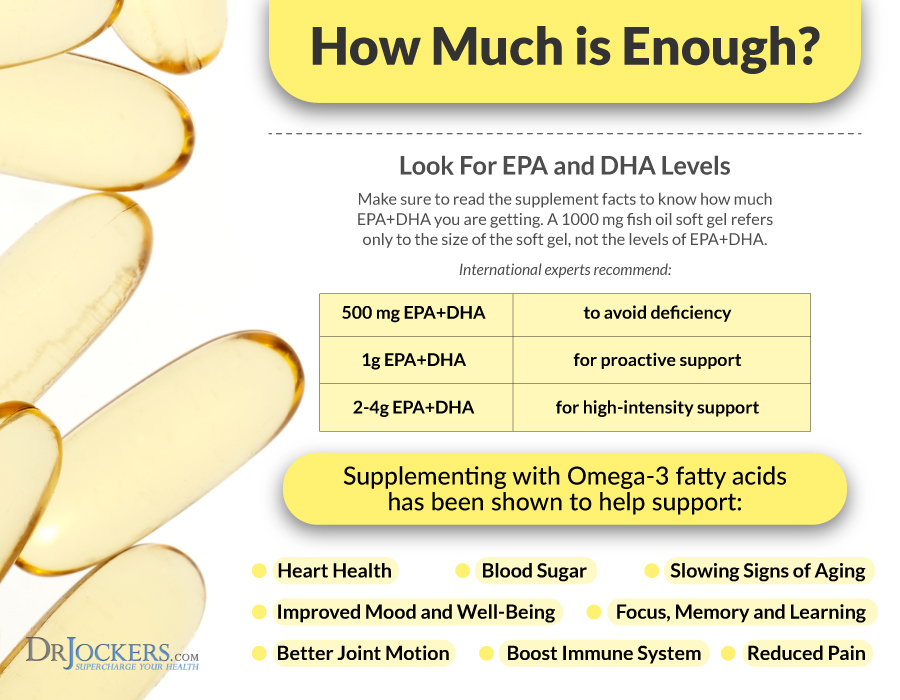
Bone Broth
Bone broth is one of my favorite foods. It is full of nutrition, it helps to heal the gut, and provides amino acids that support healthy skin, hair, nails, joints, bones, and ligaments. Many people have seen relief from keto rash by incorporating more bone broth into their diet.
I personally try to consume at least one serving of bone broth a day and often will have several. Another protocol that many have seen great success with is performing a 1-3 day bone broth fast. As you may have been able to put together, this is where you consume nothing but bone broth for 1-3 days.
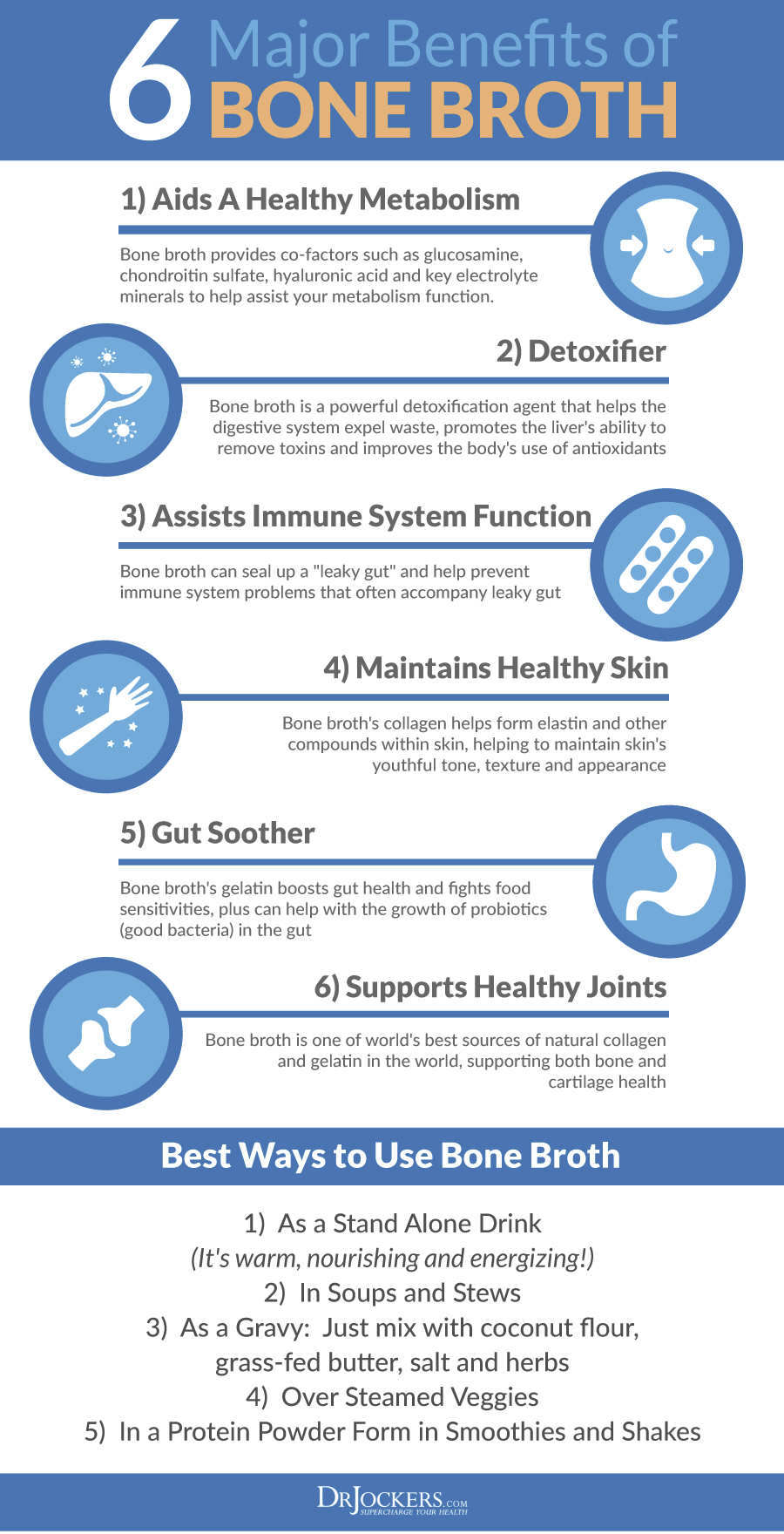 MCT Oil
MCT Oil
If you are having fat digestion issues, or are reacting to acetone in your sweat, MCT oil can be helpful. MCT is refined from coconut oil and provides an readily available source of ketones for the body.
It requires no bile to digest and quickly converts from MCT into ketones in the liver. The more ketones we have floating around, the quicker the body will adapt to using them as energy effectively. This is important because as we talked about earlier, acetone is thought to be a primary culprit behind keto rash.
Acetone is produced in much higher amounts when your body is not fat adapted very well. As you become more efficient at burning ketones, you will tend to produce more beta hydroxybutyrate and less acetone, which may be why keto rash tends to resolve with time.
Keto Brain is a pure 8 carbon chain caprylic acid. It is free of lauric acid and capric acid. This formulation turns very quickly into ketones in the body. This means that it is instant fuel for the brain. It helps to keep ketones up and allows the body to easily switch over from burning sugar to ketones as its primary fuel source.
SCT Oil
SCT is similar to MCT. MCT stands for medium-chain triglycerides and comes from coconut oil. SCT stands for short-chain triglycerides and comes from butter.
SCT oil is great because it also requires no bile to digest, making it super easy on the liver and gallbladder. Similar to MCT, SCT also provides a source of ketones.
SCT has unique benefits of butyrate, CLA, and fat-soluble vitamins. Butyrate supports a healthy microbial balance in the gut while CLA supports the body’s ability to burn fat effectively. Altogether, SCT oil is anti-inflammatory, easy to digest, and should ultimately help address underlying causes of keto rash.
Coconut Water Kefir
Coconut water is typically loaded with sugar and would not be keto friendly. When it is fermented, however, the sugar is consumed and replaced with organic acids and healthy probiotics.
Consuming coconut water kefir can help to restore a healthy microbial balance to the gut and assist with the microbiome changes that occur during keto adaptation.
Here is a great way to make your own at home: Coconut Water Kefir
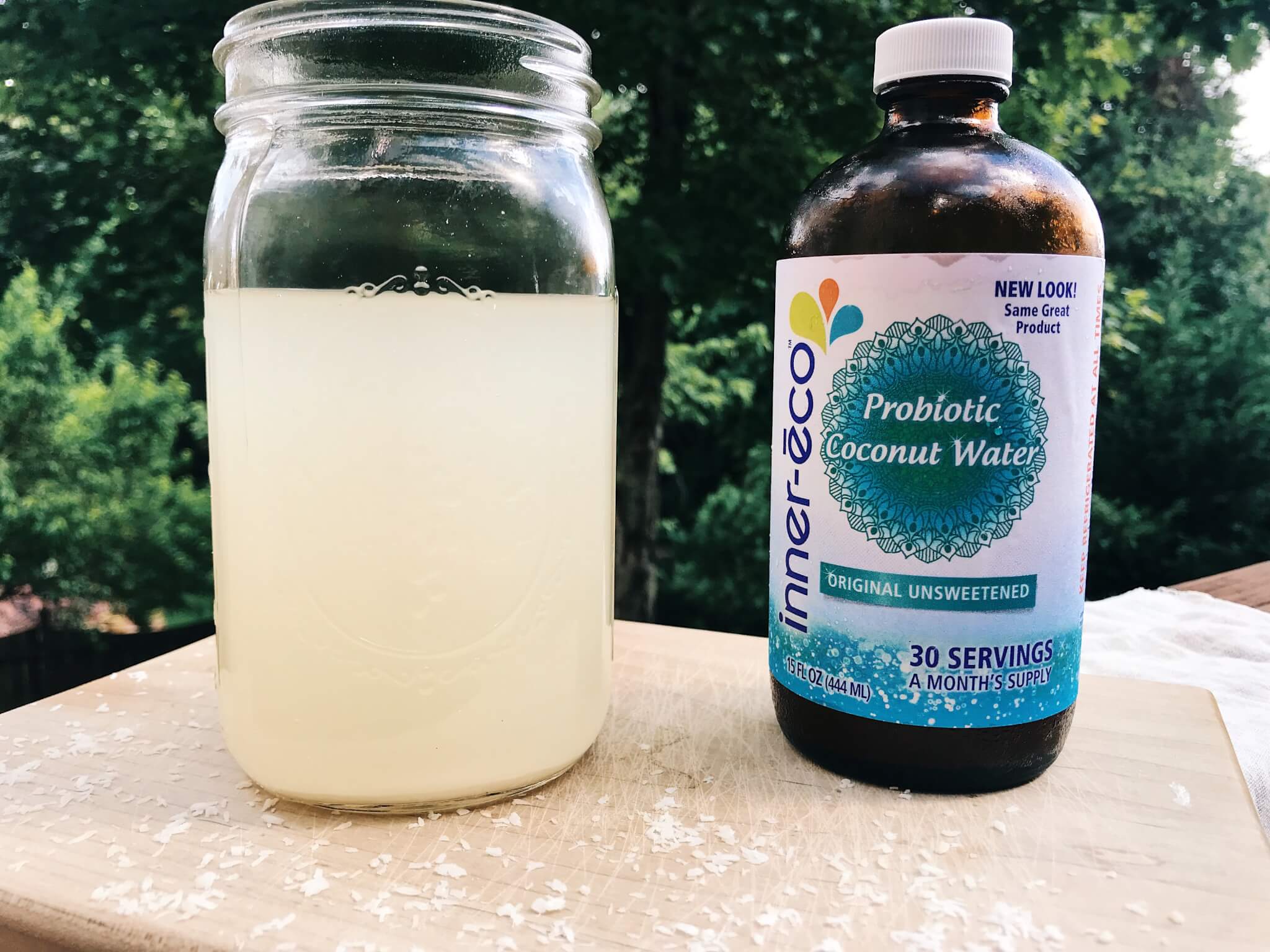
Apple Cider Vinegar and Lemon Juice
Apple cider vinegar and lemon juice contain organic acids that help with detoxification and assist with microbial balance in the gut. Many people notice that when they use these things on a regular basis, they have much less skin irritation and blemishes.
I use these things daily and recommend that you do to. If you need some ideas, check out the video below to see some of my favorite methods.






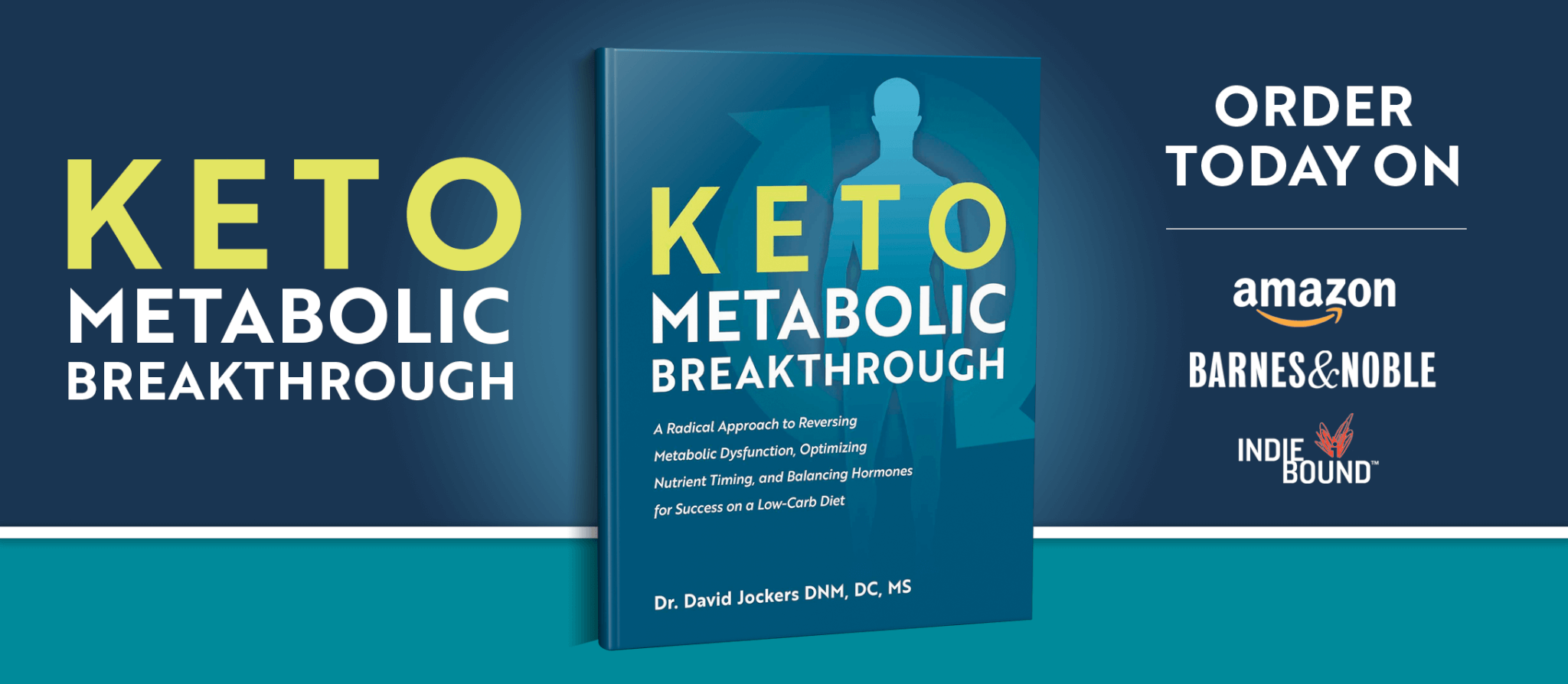


I have been on the keto diet since July 2018 and just recently started getting rashes on my arms, neck, chest and front of my legs. Could this be from keto after being on it with no problems since I started?
Hey Valerie, I would investigate further and eliminate dairy and eggs and see if it was a food sensitivity reaction.
Hi Doctor, I am 44 and had intermittent but once a year recurring mild balanitis for twenty years. I have been to my doctor over 15 times – had countless prescriptions for difulcan that didnt work from my GP etc. I started the Keto diet three weeks ago by con-incidence, and I heard the the keto diet might help – so I got a bottle of anti-candida capsules – oregano oil, coconut oil, etc and suddenly Ihave balanitits for the first time in two years! Please help!
So sorry to hear this! We are praying for you!!
Hahaha 🤣🤣
I did the keto diet one day, had horrible cramping and diarrhea. Later that day I broke out in hives! I am breastfeeding and am freaking out because I don’t know when the breastmilk will be healthy again?
Sorry to hear this! This actually sounds like you may have an issue with your gallbladder and bile production. Read this article here: https://drjockers.com/bile-liver-gallbladder/
Hi there, i have been doing good with keto this last 2 month but lately I have having bad epigastric pain. It gets a little better with burning or eating. I am eliminating my coffee😭 and Apple cider vinegar. Could this be stomach ulcer or acid reflex? Help
Thank you so much
Hey Aggie, I am sorry to hear! There are several problems that can be causing this pain. ACV can actually help if it is acid reflux. Working with a functional health practitioner can help get to the root cause of your pain and customize a plan for you. These articles can help: https://drjockers.com/functional-nutrition-tips-to-find-a-great-health-coach/, https://drjockers.com/4-ways-use-apple-cider-vinegar/
i have keto diet and my Cholesterol and LDL raising up but i have very good resize and weight loss . the last Sonography was good .
what can i do to upside down CHL and LDL ?
my fats : extra olive oil – mct oil -coconut oil – ghee and sheep fats
Hey Reza, I go into detail in this article about healthy cholesterol ranges and addressing possible underlying issues. This article offers strategies to improve your levels.
thans a lot
Hi There,
My name is Maggi and I am writing an article on keto rash, I was wondering if I may use some of your materials on my article and send put a link to your page as reference.
I have a newsletter about skin rashes called Fix My Skin.
Yes you can and we would love a link back. Thanks!
I’ve been on keto almost a year. But have had the rash twice now, this time spread more than last summer. I’m not sure what sets it off cuz I sure wouldn’t do it. I take bile salts, twice a day one after each meal an array of vitamins, probiotics, and drink keto electrolyte in a quart and another quart of ginger slices, and one quart of plain water, and I ve started the 1/2 lemon to 8oz of water in morning while I’m fasting. I’ve increased my carbs by using keto bread, with canned salmon, and I have a couple sweet potatoes, to go with my bone broth, which I may try for a couple days maybe lentils? Heck I don’t know I do keto to control my diabetes. Help!! With the carbs, p
There is most likely an issue going on with a gut infection. I would recommend reading this article: https://drjockers.com/skin-rashes/